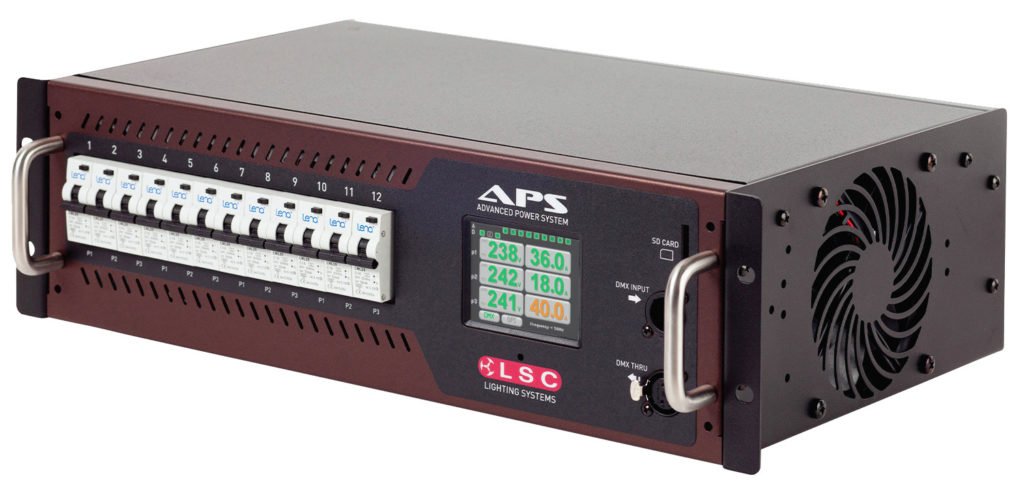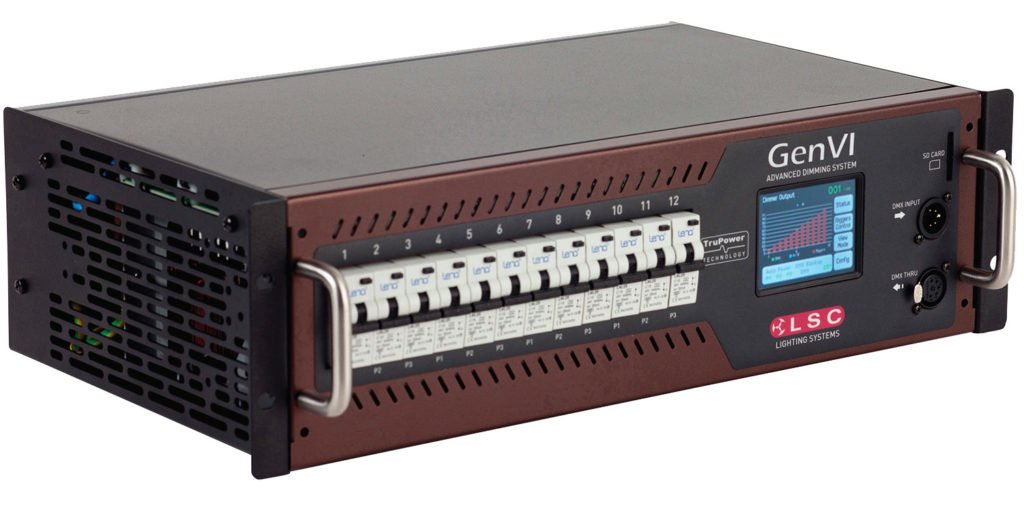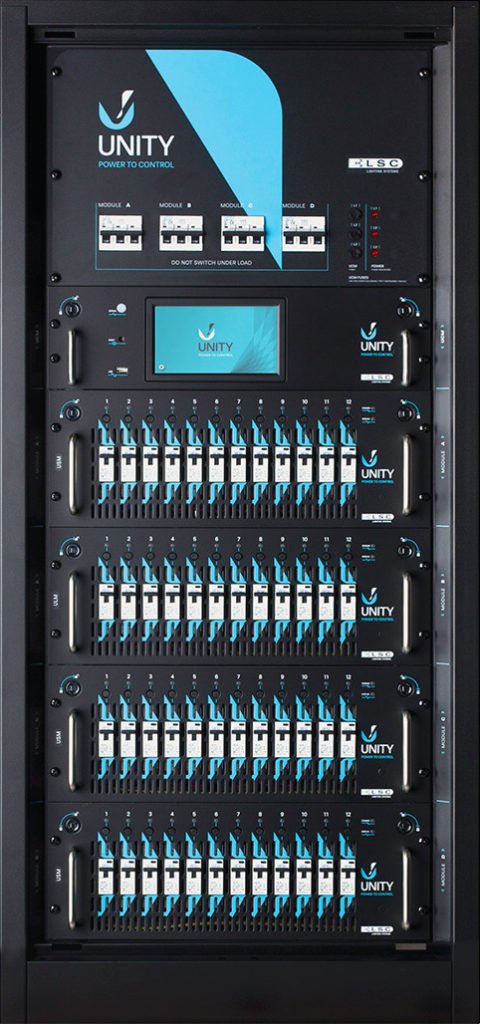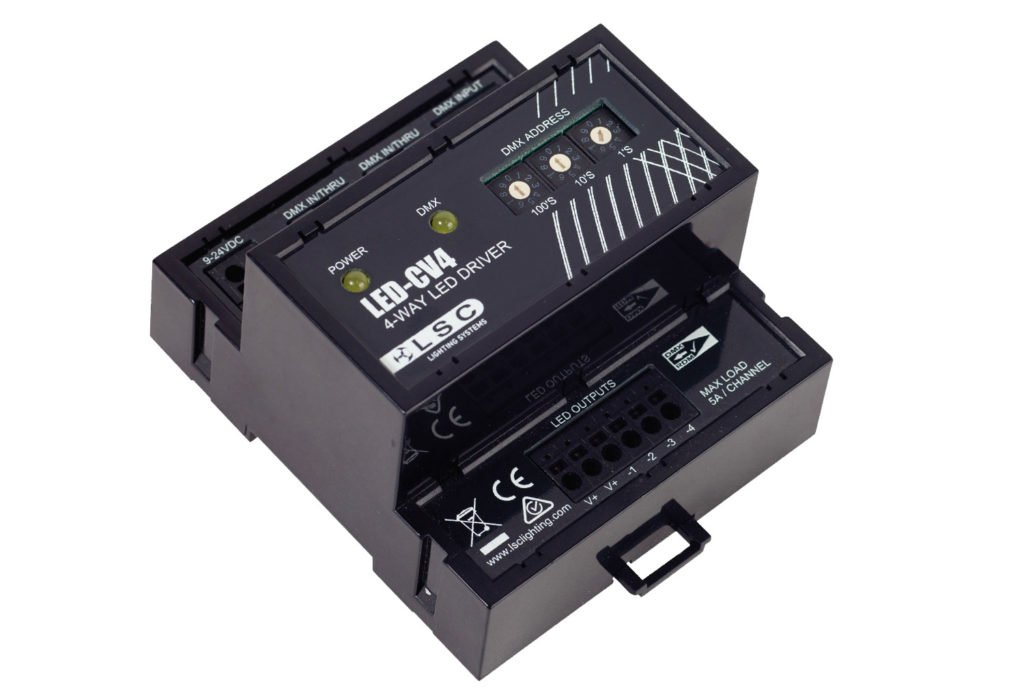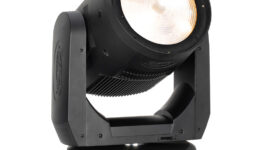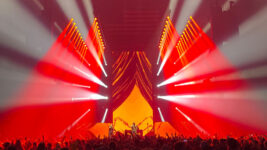Lighting
28 Jan 2021
Gary Pritchard
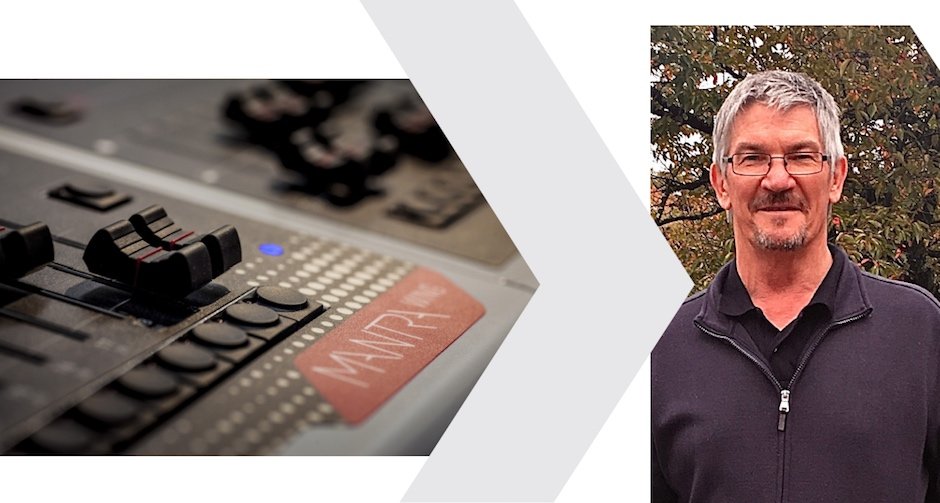
Subscribe to CX E-News
LSC and the Engineer Behind the Brand
This is a story about one of Australia’s pioneer lighting technicians, Gary Pritchard.
Starting as an apprentice electronic technician with the Department of Civil Aviation, he completed a Bachelor of Engineering in Electronic Communications in 1978. While building everything from mining machines to UPSs and telecommunications equipment during the day, after hours he built dimmers for rock and roll mates.
In 1984, LSC Electronics became his mainstay and continues so to this day.
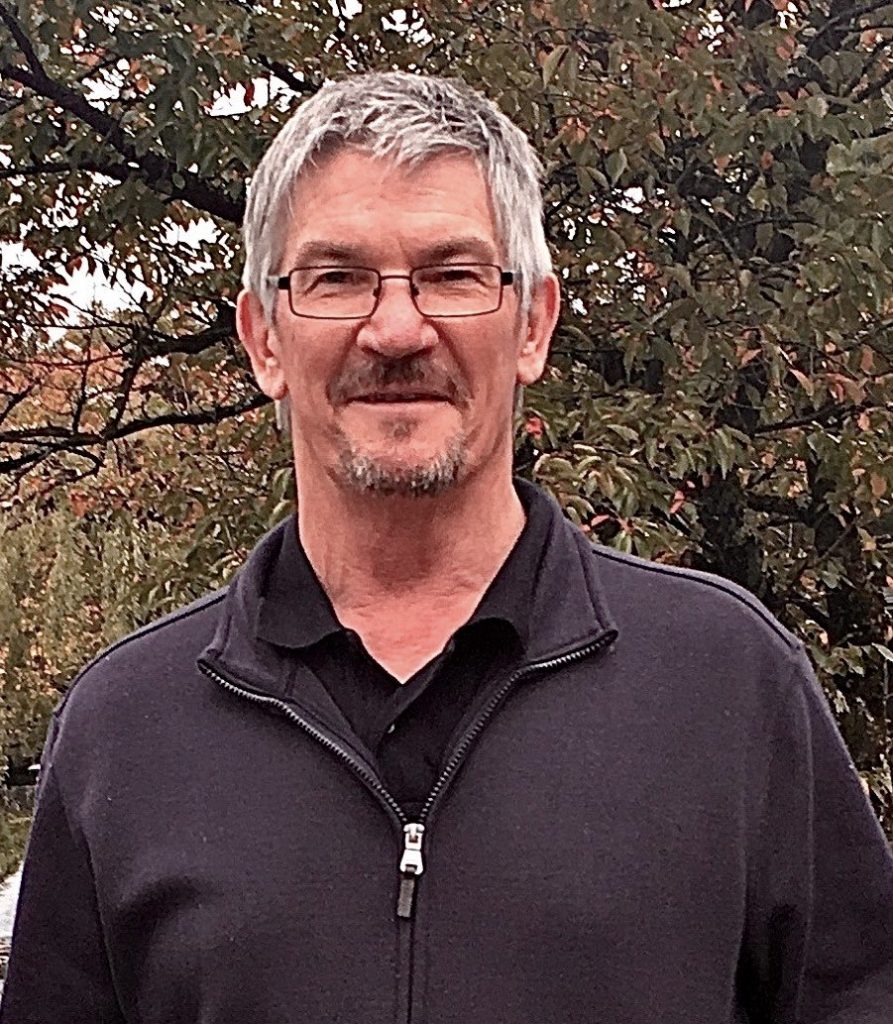
Trading without trade shows
This year has been interesting for us all and no different for LSC. Gary: “From a business perspective, March and April were really weird and very stressful.
“We couldn’t plan on anything and the whole game could change within two hours. But we’re still here, taking a hit like everybody else but we’re ticking along.”
With major dealers in UK, France, Germany, Holland, and all the large European centres, LSC are still “doing OK in the international market. Quite apart from all the things going on in Europe, it’s still our strongest export market.”
To get those relationships in place took a lot of leg work and overseas travel for LSC. For Gary, from the “late 90s onwards, my time was more occupied in the management side of things. I stepped out of R&D and went on the road for 15 years.”
During their peak at that time and beyond, LSC were exhibiting at seven international trade shows per year.
With travel restrictions as they currently stand, it’s “impossible to get over there and show new products and reinforce relationships”. For now, they are relying on long standing associations with these outlets.
The DMX512 story
In 1986, LSC attended their first international trade show in Oakland, California where Gary met up with the working group that was looking into digital lighting control. He explains further: “It just so happened that’s where the USITT people were meeting and discussing what was to become DMX, and I got involved.
“They were a fair way down the track by then. We were about to release our own digital communications standard and it turned out it that ours was very close to what they were doing so we took the decision to move our standard to what was being proposed there.
“If it was to be a standard it was best to join in and be on the front foot.”
I asked if he is still involved with USITT and protocol development. “I am but to a lesser extent. As much as I’d like to, active voting rights require attending 3-4 meetings per year and by and large all of those meetings are in the USA, which is a large commitment and difficult to meet these days. However, I can and do still offer suggestions and critique.”
Having seen more than a few standards being met with mixed success, I posited that DMX is one of the few truly universal electronics standards. “It’s good from that point of view but took a while to get accepted. It was difficult for some people to grasp and there were many people who wanted to stick with something that still works.
“As an engineer it was easy for me – a no-brainer in a lot of ways. But with any new tech, you have to put some trust in it. There will be a few risks until you get a working knowledge of how it functions.
“Even with DMX, those risks still exist – with people using the wrong cable or not using terminators.”
RDM – an extension to DMX
Staying in contact with the technical working groups keeps Gary in touch with luminaries like ex-Melbournian Peter Willis. “He is ‘Mr RDM’ – he came up with the concept and followed it through.”
RDM (Remote Device Management) is an extension to the DMX512 protocol that allows bi-directional communications over the DMX network to remotely interrogate and adjust settings on connected lighting equipment.
Gary and LSC have been enthusiastic supporters of this development: “RDM has taken a long time getting traction but it has huge advantages. With a lot of products on straight DMX, there’s no real other way of getting information out of them.
“We are releasing a software product soon called Houston X. It’s a PC and Mac based program that integrates both with our hardware and other manufacturer’s hardware on an RDM basis, enabling remote control and monitoring of our products.
“With our APS and GenVI dimmers, we can log in via RDM and change DMX addresses, control curves on dimmers, set timeouts and much more, all remotely.”
Unfortunately, like with many other protocols, “the standard is standard, just the implementation of it is not always standard.”
Because of this, one of LSC’s challenges is to find good diagnostic tools to test their products before release. As Gary points out: “Different people can interpret the standard in different ways so, as a manufacturer, if you build the test gear to test your own product, it is easy to replicate the same mistakes.”
Consolation
Without giving up any trade secrets, I asked what Gary sees in the crystal ball for our sector. “Basically, more and more integration. In my time in the industry there have been a couple of major turns – par cans, scrollers, moving mirrors, moving lights, LED – these were all big ones.
“We had to think how we could control each one and each console got a bit more complex. Today it’s incredibly complex – controlling lighting fixtures, media servers, video screens and more – pretty much integrated into one box.”
Unfortunately for LSC, the great shakeup of 2020 meant that their flagship console, Clarity LX, became no longer viable and was recently discontinued. “Consoles are a difficult market these days and require huge amounts of R&D. The amount of work to get it there is one thing and to keep it there is another task again.”
The timing of world events has certainly factored heavily with LSC over time. Gary muses: “From R&D, we developed the Clarity LX Consoles just before the GFC kicked in.
“Post GFC, (around 2010-11), the high Australian exchange rate really impacted us heavily. Trade with the UK went from 42p to the dollar up to 60p. It impacted all our product range, of course, and sadly due to the downturn we lost several staff including some of the engineers involved.”
Since then, Clarity had been going OK with a dedicated fan-base but this year saw it “get to the point where the hardware was over 10 years old and our software partner could no longer support fixture templates and updates.”
Obsolescence in some crucial components helped seal the deal.
Consolidation
Control interfaces aside, “Our particular focus at the moment is power control. A few new products are about to pop out the other end. We’ve seen the advent of LED fixtures, video walls etc – the DMX side of it is fairly straight forward – but it’s now all about power control.”
Gary gives a good example: “In a typical installation (church, school etc), at the end of the day someone would turn off the console and go home. The lights would go off and the dimmer would draw minimal power.
“The problem these days with modern fixtures is that you can turn the DMX off but the power is still going, lamps are still struck, screens are still on and suddenly there is lots of power being wasted. That’s where we moved into intelligent power control.”
“Our APS is one of the products to fix that sort of thing. You can set it up so if the DMX disappears you can turn off each channel with whatever time-frame you want, be it 15 seconds or 30 minutes or three hours.
“Inexperienced operators can turn the console off, go home and the rest of the rig will shut itself down.”
Dealing with equipment inrush draws (from screens in particular) is also a big concern these days in productions as they tend to trip breakers on power up. LSC is very focussed on that and staying ahead of the curve.
“Modern day power supplies have very high start-up current. That’s where we’ve been spending a lot of design time in the last couple of years.”
Smart systems like APS minimise inrush currents and can be configured for cascading start-up routines thus spreading the load preventing the upstream breaker from tripping.
UNITY
An extension on pure power control are the UNITY hybrid cabinets. “They’re power control and also dimming for traditional and LED fixtures but its more an installation product.
“The majority have gone into big theme parks. The largest installation we have is Warner Bros World in Abu Dhabi, the largest undercover theme park in the world at 1,000,000,000 square feet. This installation consists of about 3600 channels of control.
“There’s another large theme park installation going in to Doha at the moment, although it has stalled due to Covid-19.”
With a few DIN rail products in their line, I wondered if LSC are also looking at the architectural structured lighting market. According to Gary, “Are we moving into that area – yes we are.
“Our roots are still pretty heavy with the live market and it’s a different format but I think we’ll see more of that as time goes on. In fact, we are about to release our first architectural DIN rail controller based on our Mantra lighting console.”
Getting on the consultant list is the key with installs. “It’s a hard paradigm to break. That’s an issue we face everywhere including Australia, so we hope that the current ‘buy local’ thinking will help things like UNITY appear more often in a spec.”
LSC recently announced it in a touring format – UNITOUR – but they are prepared for a slow burn on this one as the industry opens back up.
A thoughtful approach
I spent a lot of gig time with the first LSC microprocessor-controlled desks, the Precept range. From day one, they felt intuitive and comfortable. The philosophy behind that has continued with LSC to this day. For Gary “it’s one thing to have a desk that is infinitely configurable but if it’s a steep learning curve to do something simple like turn a light on, you’ve missed the point.”
Trade shows and third parties are great ways to get good perspective from (potential) users and LSC try to get as much feedback from the field as possible.
“We do lots of that. Give it to someone else and say ‘Go and break it. Push the buttons the wrong way around.’ This feedback loop helps keep the product robust and easy to use.”
Constant testing and development have long been a hallmark of LSC: “During these times, a lot of manufacturers are suffering and it will be interesting to see what they do with R&D.
During these times, a lot of manufacturers are suffering and it will be interesting to see what they do with R&D
“For us, it’s the one thing that we have been able to keep working on … so that we’ll have a set of new products coming out of this!”
Where to next?
On LSC’s time ahead, Gary commented “Products such as the APS are equally suited to the audio, video and power distribution markets but we have found in the past that customers in these fields tend to skim over LSC given our name contains lighting and lighting is not the market they operate in.
“Thus, to reflect the changing product range from LSC, we felt it was time for a name change to one that better reflects the markets that our products are aimed at. As a result, December will see a change in the company name, supported by a brand-new website.”
Gary confirms that there are no internal changes at all, the management and ownership remains as is. As live touring is likely to remain quiet for a while, I asked Gary where he sees the near future.
“One of our big markets is the film industry. Once we get out the other side of this, that industry is going to explode. We’ve all sat and watched as much Netflix as we can and very little content has been made this year.”
With significant film studios like Pinewood in the UK already owning over 5,000 channels of LSC dimming and power products, I can see this iconic Australian brand forging ahead, especially with an insightful inventor like Gary Pritchard at the helm.
LSC Control Systems
www.lsccontrol.com
Further reading from the CX Network archive:
‘DMX512: Its History & How To Split It‘ by Gary Pritchard, Connections Magazine, May 1997
‘What is DMX512‘ by Gary Pritchard in 5 Parts, Connections Magazine Mar-Aug 1993
CX Magazine – December 2020
LIGHTING | AUDIO | VIDEO | STAGING | INTEGRATION
Entertainment technology news and issues for Australia and New Zealand
– in print and free online www.cxnetwork.com.au
© VCS Creative Publishing
Subscribe
Published monthly since 1991, our famous AV industry magazine is free for download or pay for print. Subscribers also receive CX News, our free weekly email with the latest industry news and jobs.

